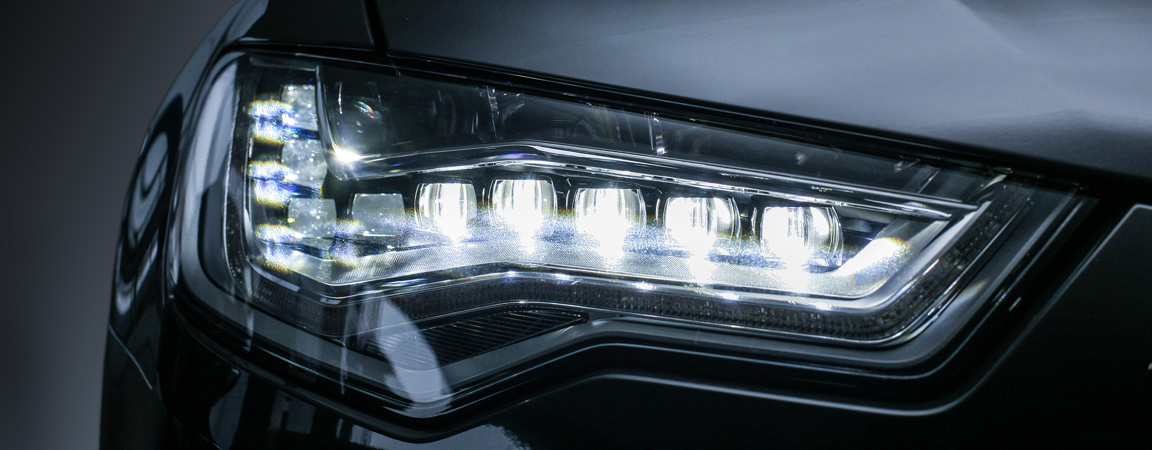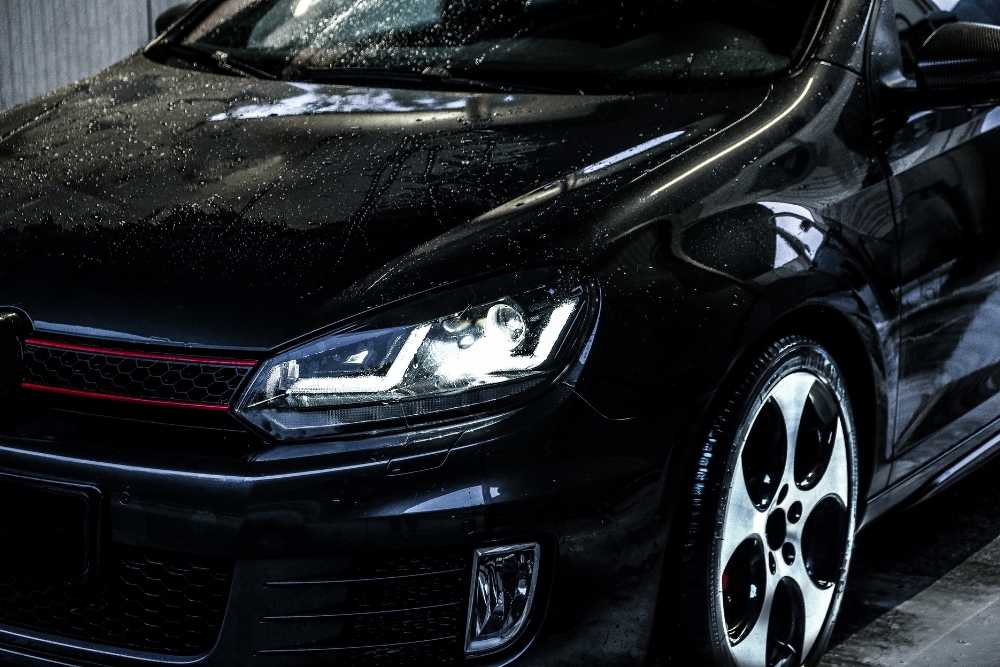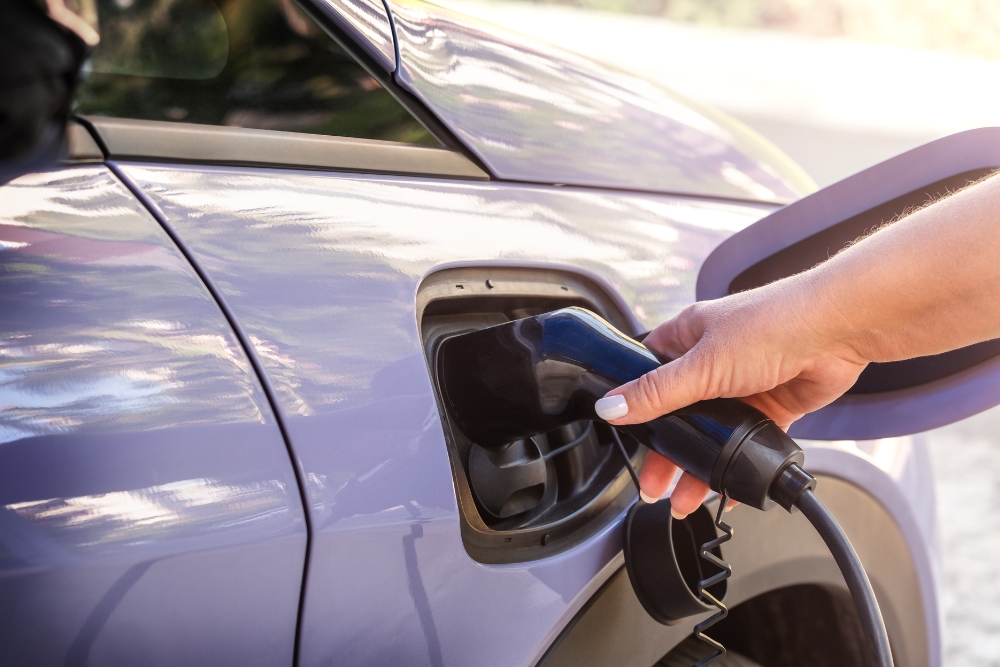How European car brands are bouncing back
By SG Fleet | 29 January 2025

The European automotive industry has been through a real period of change in recent years. Economic downturns and global competition, combined with the push toward electrification, have presented challenges as well as strong opportunities. The last year, though, has marked a turning point for many European car brands, as several top manufacturers have started to rebound with strategic adaptability and innovation.
Renault leans into hybrids for growth.
Renault has been a standout when it comes to resilience in the last year. They’ve reported a 1.3% increase in sales, selling 2.26 million vehicles. Central to this recovery has been Renault’s focus on hybrid and electric vehicle (EV) technology, a move that aligns with tightening European carbon emission regulations.
In the fourth quarter alone, sales of hybrid and electric models rose by 6.1%, with EVs accounting for 12% of Renault’s European sales - a significant jump from 9% earlier in the year. Renault’s ambitious goal to have EVs represent nearly 20% of its sales by 2025 highlights its commitment to reducing environmental impact while staying competitive in the market.
Dacia’s Sandero is also striking a chord with buyers
Renault’s subsidiary, Dacia, has also made waves, especially with the huge success of their Sandero model. Affordable, practical, and consumer-focused, the Sandero became Europe’s best-selling car in 2024, with 309,392 units sold. Incredibly, this saw it surpass the Tesla Model Y, cementing a real dominance over the European retail market. With the Sandero, Dacia has mastered the balance of affordability with quality, which makes it a valuable player in helping consumers reduce energy costs without sacrificing utility.
Volkswagen decided to tackle their challenges head-on.
While Renault and Dacia celebrated growth, Volkswagen (VW) faced a slightly more challenging landscape. They saw a 2.8% decline in EV deliveries in 2024, delivering 383,100 units. A weak global economic environment and competition from the growing Chinese market significantly impacted its performance.

To regain momentum, VW has focused on streamlining their operations.
Cost-cutting measures, including potential plant closures in Germany, are being considered to address overcapacity. By boosting their operational efficiency and ramping up innovation, VW aims to meet the European Union’s stricter emission regulations in 2025..
Mercedes-Benz recalibrates their model for profitability.
Mercedes-Benz is another European car brand that’s faced challenges recently, reporting a 3% drop in overall car sales for 2024, with 1,983,400 units sold. Sales of battery-electric vehicles (BEVs) fell even further, dropping by 23% to 185,100 units. The company’s profitability was hit hard, with a 50% decline in net profit during the third quarter.
In response, Mercedes-Benz has announced radical cost-cutting measures, targeting numerous expenses. These actions aim to offset losses while making sure the company can continue investing in its electrification strategy and maintaining its luxury appeal.
What consumer trends are shaping the European car industry’s future?
For a start, more consumers are gravitating toward sustainable options. The market for used EVs is gaining traction; for cost-conscious buyers, pre-owned EVs are a more affordable entry point into the electrified market. Employee benefit schemes are another helping hand in this regard, as users can get access to a range of new and used EVs – as well as any other vehicle on the market – without having to manage prohibitive upfront costs.

For businesses, the crucial importance of staying ahead in fleet management and mobility offerings is clear. Transitioning to EVs can significantly reduce energy costs while also aligning with corporate sustainability goals.
So, where does this leave the European automotive sector?
Despite ongoing challenges, the industry’s outlook is cautiously optimistic. A medium-term recovery is expected, bolstered by growing consumer demand. Manufacturers that prioritise innovation, sustainability, and operational efficiency are likely to emerge stronger.
Companies like Renault and Dacia are moving towards forward-thinking strategies and could be prime examples of how adaptability and a focus on hybrid and electric models can inspire growth. Volkswagen and Mercedes-Benz, on the other hand, are signalling their willingness to make tough decisions in attempts to evolve and remain competitive in the sector.
Stay up to date on the latest mobility news with SG Fleet.
At SG Fleet, we aim to keep your finger on the pulse when it comes to the latest in automotive and mobility trends. For decades, we’ve helped businesses and individuals navigate the complexities of modern mobility.
From vehicle leasing to EV transition planning and employee benefit schemes, our expertise ensures you are future-ready. Get in touch with us today to find out more about how we can upgrade your mobility and make sustainable transport simple.
FAQs
Why are European car brands focusing on electrification?
Regulatory changes and consumer demand for cleaner vehicles are driving manufacturers to invest heavily in electric and hybrid technologies. Electrification helps brands comply with carbon emission standards while staying competitive.
What makes Dacia’s Sandero so popular?
The Sandero’s combination of affordability, practicality, and efficiency has had a big resonance with European consumers, making it a top choice in the retail market.
How does the transition to EVs impact fleet management?
Electric vehicles offer lower operational costs and reduced environmental impact, making them an attractive option for fleet managers looking to reduce energy costs and meet sustainability goals.
What is SG Fleet’s role in supporting businesses with EVs?
SG Fleet provides tailored solutions to simplify the EV transition for businesses, including leasing options, charging infrastructure planning, and sustainability consulting.
What challenges do European car brands face in 2025?
Manufacturers must balance the high costs of electrification, global competition, and economic uncertainties while meeting stricter emission regulations.
Further Reading
- Mobility Trend Predictions for 2025
- A Look at the New Players in the Automotive Market
- Are EVs Viable in Rural Areas?
- How Can We Adapt Fleet Management To UK Mobility Trends


.png)


.png)
.png)
.png)